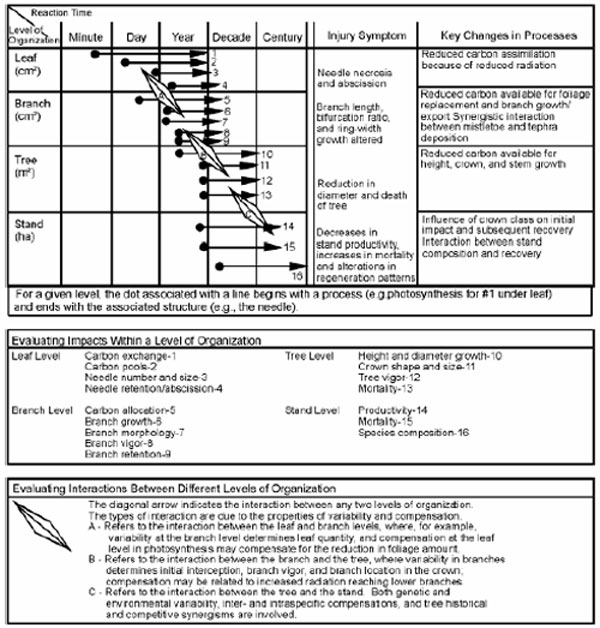An Approach to Economically Evaluate
Air Pollution Effects on Plants
Ajay Ojha, Rakesh Kumar, Ganesh Pabale & Akhilesh Chauhan
Air Pollution Effects on Plants
Ajay Ojha, Rakesh Kumar, Ganesh Pabale & Akhilesh Chauhan
ABSTRACT
Deposition of PM to vegetated surfaces depends on the size distribution of the particles and, to a lesser extent, on the chemistry. The civic (Local) body of Pune, India has been spending a lot of money annually (About Rs, 50,00,000) on planting of trees but baseline survey shows that the health status is deteriorating as identified by photosynthetic activity loss, loss of canopy cover, physical damage like yellow of leaves, cuticle development, shunted growth, and others These loses are about 30-40% thereby. Secondly, Pune faces extremes of climate diurnally and acute power shortage. People in Pune spend considerable amount of money for keeping their houses cool, which in presence of effective tree cover will be reduced by 30-40% thereby adding to monetary savings and reducing the demand. Pune has been experiencing very high temperatures during summer as seen throughout the globe. The reduced tree canopy and loss of potential to absorb solar radiation due to dust loading on the leaves leading to impaired CO2 assimilation in turn leading to reduced carbon sequestration which has also been evaluated as per IPCC methodology.As far as the health loses / benefits through trees are concerned, the change in health effect, mortality or morbidity for a given pollutant is also calculated in the present study.
In conclusion, the total cost of ecosystem loses related only in terms of effects of air pollution on health greenery needs to be established. Although the present study is only a partial fulfillment of the entire concept considering that it does not evaluate factors such as aesthetic improvement, recreational values and many others; there is an urgent need for a detailed and thorough investigation to identify and evaluate the net economic loses of air pollution. The study also attempts to incorporate this approach into the decision making process through formulating a user-friendly software that has an inbuilt library of health functions & economic values from past studies that could be utilized in near future.
AIM AIM
An approach to Economically Evaluation of Effects of Air Pollution on Vegetation through considering only structural parameters of plants.OBJECTIVES
- Evaluate the extent of particulate matter (PM10) at high traffic road,
- low traffic road & background.
- Assess the extent of effect on plants at the site.
- Attempt to design system for economic evaluation of losses of plant growth due to particulate matter.
Effects of environmental stress on forest trees, on a hierarchical scale for the leaf, branch, tree, and stand levels of biological organization.

Effects within a level of organization are indicated by horizontal arrows. Interactions between different levels of
organization are indicated by diagonal arrows
Classification of Effects of Particulate Matter on vegetation
- Deposition - Wet deposition, Dry deposition, Occult deposition
- Exposure of vegetation and ecosystems to particulate matter
- Ecosystem response to stress
- Direct effects of particulate matter
- Ecosystem response to direct plant effects
- Vegetative surface injury
- Ecosystem response to indirect effects
